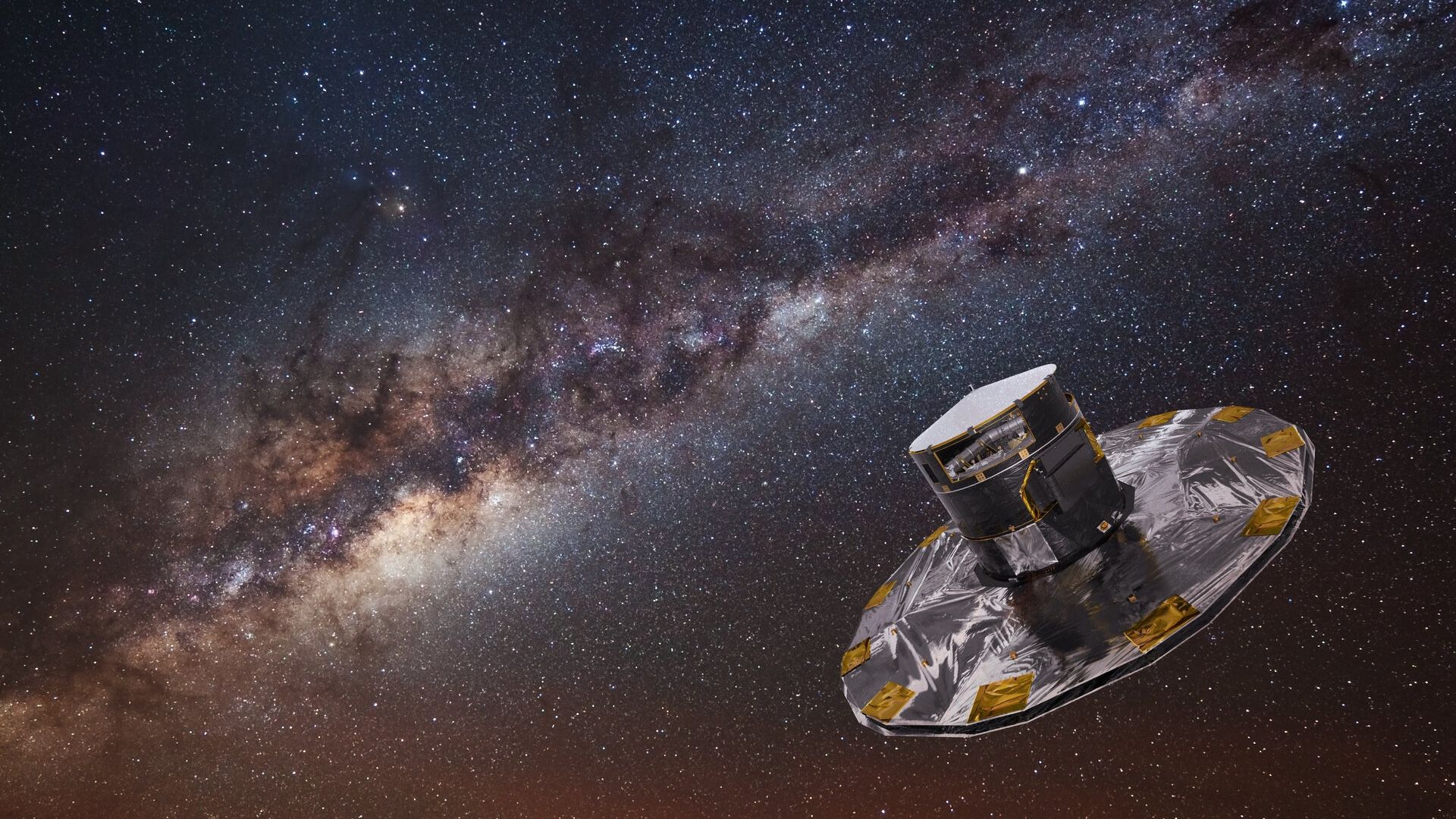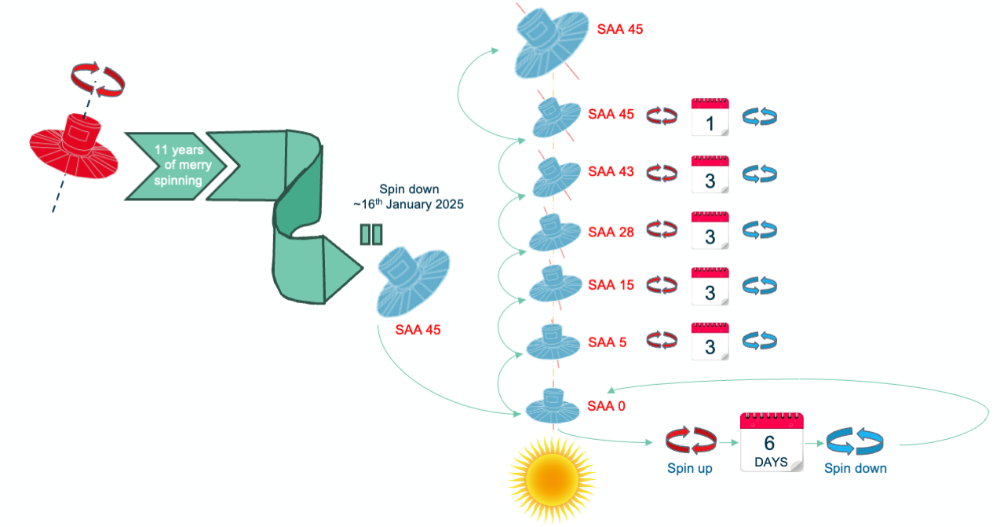Follow us on Google News (click on ☆)

Illustration of the European Space Agency's Gaia space observatory mapping the Milky Way.
Credit: ESA/ATG medialab; background: ESO/S. Brunier
Since its launch in 2013 and positioning at the Lagrange L2 point, Gaia has revolutionized our understanding of the Milky Way. By studying nearly 2 billion stars, it has provided valuable data on their movements, luminosities, temperatures, and compositions. This information has enabled the creation of the most detailed 3D map of our galaxy.
Despite the end of observations, Gaia's legacy is far from over. Scientists are already preparing the fourth data release (GR4), expected before mid-2026. This version promises to be even richer in information than the previous ones, with observations covering five and a half years.
The processing of data collected by Gaia will continue until the 2030s, with a fifth and final release planned. This final phase will include a decade of stellar observations, offering a goldmine for future astronomical research.

Expected attitude profile of Gaia after the end of scientific observations on January 15, 2025.
Credit: ESA/Gaia/DPAC/Gaia Flight Operations Team.
ESA plans to share details soon on the 'passivation' of Gaia and how this pioneering mission will be commemorated. In the meantime, the scientific community continues to exploit Gaia's data, promising discoveries in the years to come.
What is the Lagrange L2 point?
The Lagrange L2 point is a position in space where the gravitational forces of the Earth and the Sun balance, allowing an object to maintain a stable position relative to these two bodies. Located approximately 1.5 million kilometers (about 930,000 miles) from Earth, it is ideal for space telescopes like Gaia, as it offers an unobstructed view of the Universe without terrestrial interference.
This point is particularly prized for astronomical observation missions, as it allows continuous observation without the interruptions caused by Earth's shadow. Moreover, the gravitational stability reduces the need for frequent trajectory corrections, thus saving fuel.
The use of the L2 point by Gaia has enabled precise and continuous observations, contributing to the creation of the most detailed 3D map of the Milky Way. This strategic position has been crucial to the mission's success, maximizing the quality and quantity of data collected.
How has Gaia revolutionized our understanding of the Milky Way?
Gaia has transformed our understanding of the Milky Way by providing precise data on nearly 2 billion stars. This information includes stellar movements, luminosities, temperatures, and compositions, allowing scientists to reconstruct the history and structure of our galaxy.
The mission has enabled the creation of the most detailed 3D map of the Milky Way, revealing unprecedented details about the distribution and movement of stars. These data have also allowed the identification of binary star systems and black holes, enriching our knowledge of celestial objects.
Gaia's observations have also contributed to the study of dark matter and galactic evolution. By mapping stellar movements, scientists can better understand the gravitational forces at play and the distribution of dark matter in the galaxy.
Finally, Gaia's data will continue to be exploited for decades, promising new discoveries and a better understanding of our place in the Universe. The mission has thus laid the groundwork for future space exploration and astronomical studies.